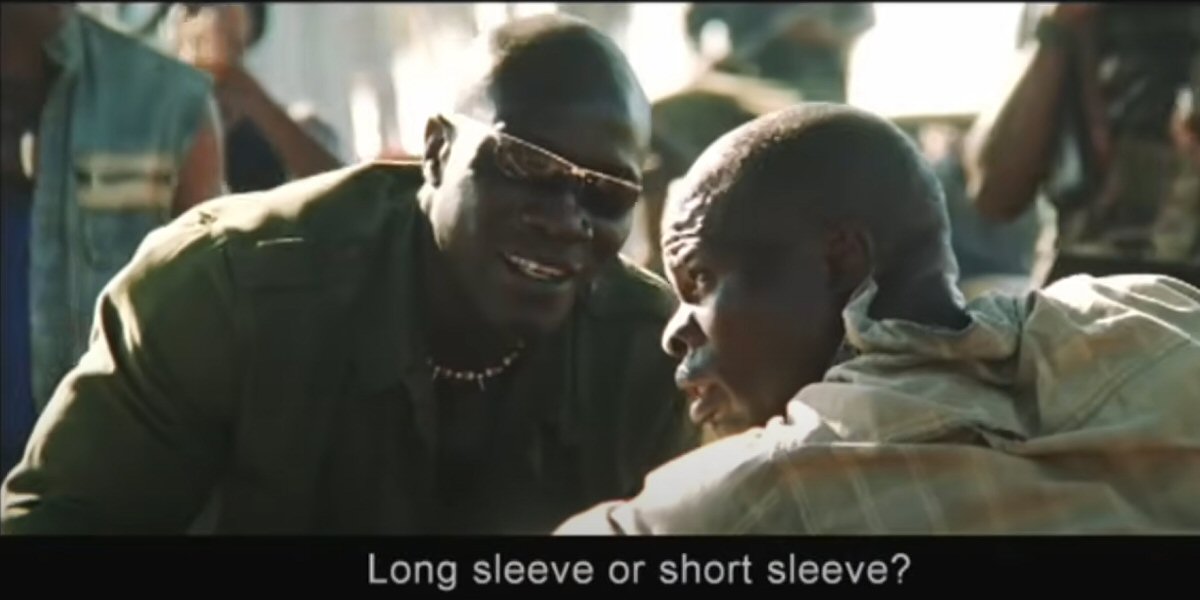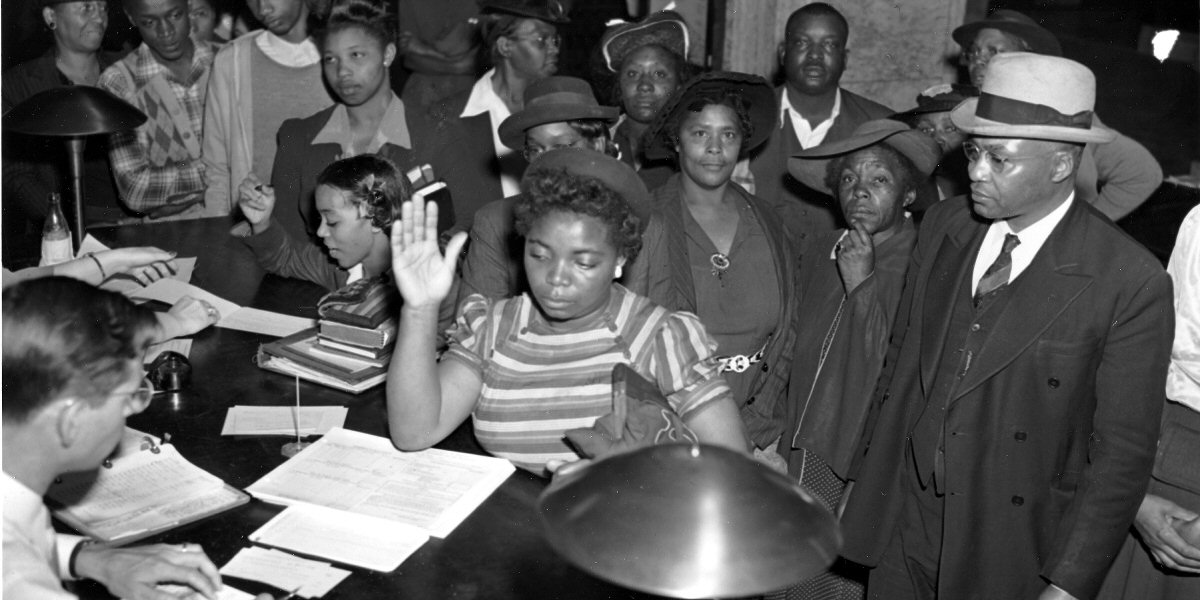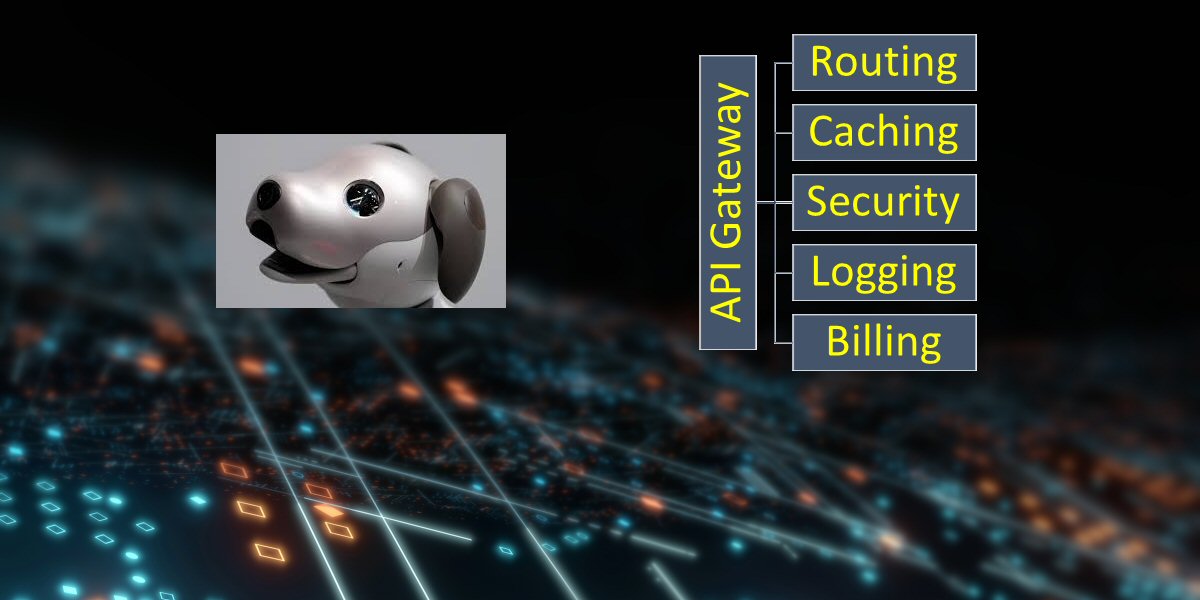Taking Names: How to Establish a Social Credit System Upon the Culture

One of the challenges and problem we are experiencing in the world today is bad actors on the Internet and the real world. We live in a world where people can say false things and not held accountable. We live in a world where people can run scams against a person then easily move to the next victim. And we have good people where society don’t acknowledge their good-hearted nature.
We do not have a system in place that hold people to their actions and a social credit system is one structure to start holding people accountable, good or bad. In this article, we are going to cover social credit, how to reward and punish and the components of such a system.
Backgrounder on Social Credit
When many people think of “social credit” they think of the “Black Mirror” episode where people use an app to add or remove numbers from another person based on like/dislike. Bloomberg and Vice been running propaganda against China for creating a “social credit system” where people are sanctioned based on negative behaviors. But what these propaganda media do not tell you the biggest and most sophisticated social credit system has always been in the United States of America.
Social credit has been used in the USA for capitalist endeavors such as credit reports and credit scores to hold people accountable for paying their bills on time. The USA have lists such as watch lists and no-fly lists for certain individuals based on behaviors or predicted behaviors.
Also in the USA, social credit is mostly performed by private entities separating people into classes. The elitists create “net worth” content attempting to show who got money and who don’t got money. Then there are review-based sites allowing people to give their opinion on businesses and organizations and rate them as well. There is no place more prevalent with social credit systems than the United States of America.
Knowing this background, social credit is not a new phenomenon but has always been in place in various forms. What is being discussed in this article is applying social credits in the digital age where people hide behind alias, hide behind “mainstream news” and publications and engage in behavior that they know is not acceptable in the real world. In addition, “virtual elitist” structures and digital cultures activities have to be considered as well.
Types of Social Credit Systems
There are three major types of social credit systems currently in place – reputation-based, credibility-based and performance-based. Let’s go over each one.
Reputation. The person or entity reputation is how they treat others. Is the person or entity, kind or evil or self-serving or put others above self? Is the person likable, approachable, distant, friendly or mean-spirited or standoffish? These traits are usually not individually tracked but usually summed up as a good, ok, bad reputation. To add some context, comments about the scoring can be added and from there, machine learning can dig into the context of the comments and provide a summary to add or dismiss the scoring. Reputation is good for meeting people for the first time in networking or business events.
Credibility. How truthful or dishonest is the person or entity in question? This type of reporting will require attaching artifacts such as screenshots of lying, trolling, defending, praising to show a pattern and a record. The real focus will be less on individuals and more on entities such as American news media that excludes African-Americans from their programming narratives; Twitter hashtag users attempting to crowd mob a person – the hashtag as well as the individuals will be grouped in the social credit reporting – this is similar to the bees episode on the Black Mirror series that the hacker engineered. Credibility is good to intercept liars and trolls and real-time and allow people to verify someone credibility (including social media aliases) to view insight and history of lying and trolling.
Performance. Many people do not realize this is probably the most used time of social credit system in place in the world today. This is monitoring the performance of an individual or entity to determine an acceptable/unacceptable level of performance. This type of scoring requires some kind of measurement system in place to capture metrics. For example, how much time does an employee spend time surfing on the Internet at work – this is really captured information and scored, especially when it comes to making layoff decisions. At a nightclub, object group detection can tell who hanging in a clique and who is a lone-wolf (which is why you may not want to do clubs in the future – because cops will associate you with the clique if something bad happens). Also, a customer can visit a store using face-recognition and repeat customers are identified and rewarded, based on face-recognition alone.
We are going to see more hybrid versions of social credit systems coming into play using one or more of the types above as the need arrive.
Rewards and Punishments
Just reporting people and entities to a social credit system is not good enough – the response is going to be “so what” and this is where enforcement and accountability has to be factored in. A social credit system without accountability and enforcement is just an opinion piece. For a social credit system to work, there has to be rewards and punishments.
In order for a system of rewards and punishments to work, there need to be a power structure in place that can give and take away. Usually this is a nation-state actor like a country, an elite group like the wealthy or think-tanks that influences nations and the wealthy to reward and punish others. In order for your social credit system to ever mean anything, it needs to be enforced with power.
Power should be based on economic and access. Provide or deny economic incentives or engage in economic sanctions; provide or deny the ability to do transactions or business ventures in the domain of the power structure; provide or deny support when help is needed or a request is asked.
When you create your social credit system, you must design the rules for rewards and punishment and how they will be implemented and when they will be implemented. If enough evident is present where a writer does not cover African-Americans in their reporting, your social credit system will put them on a tracking list and report on that writer and how they exclude African-Americans. Be mindful in this example, machine learning and automation are tools of the trade where you create an agent that can track a writer activity online and automatically hunt their ass down and advise users to check your social credit system to view the attached artifacts on the individual and entity in question.
There are several levels to consider entities and individuals when it comes to assigning a status within a social credit system – discredited, condemnation, sanctioned, persona non grata. Let’s discuss. Observing. These are people and entities who are on the radar. This means they pop their head up and appear to be either related or associated with being potentially within the range of a social credit system. For example, someone in social media say they loved the movie that nobody liked or opposed – that person or digital alias is moved to “observed” because now they suspect.
Condemnation. These are event based and a track record that can lead up to more serious levels. Condemnation can focus on a specific event such as supporting the wrong side of an argument, engaging in a behavior that caused harmed to a lot of people for their own personal self-gain or do something that goes against value and belief system of the subscribers of the social credit system. For example, a neighbor that use a commercial lawn service when Mr. Johnson little boy down the block does a great lawn service but the neighbor don’t want to support their own in their own community – that neighbor is condemned within the social credit system.
Recognition. The opposite status of condemnation is recognition for good deeds and good works such as helping lay down the asphalt for the bike path in the hood. This shows up on the credit report as well.
Discredited. These are people who engaged in an unacceptable activity and have met a threshold where they are not respected by the social credit system. People who subscribe to the social credit system value system and rules will usually find out the individual or entity in question is not someone they want to engage or do business with as a suggestion.
Subject Matter Expert. A subject matter expert or SME is someone who established themselves as an authority on a topic and is backed by artifacts of contributions and actions. People who want to check if someone is real and got receipts can see the works of a subject matter expert and if they were talking ish about that SME, they can go sit down somewhere.
Sanctioned. This is a status for everybody who subscribe to the social credit system is the entity is restricted from engaging in certain activities. It can be a ban on doing business, accommodating or providing access. For example, if someone momma is on TV saying their son is a good boy after he robbed all the local merchants, then momma gets on a sanctioned list and she is not allowed membership to the laundromat, bingo night or the supper club events. This is the same as a boycott where people check the system and see if they should do business or not engage with individuals.
VIP. Be mindful there is an opposite of sanctioned which is preferred where a person or entity supports the value system of a social credit and they are a preferred vendor or a VIP person who get special treatment.
Persona Non Grata. This is a total ban on the person in question – they are basically blacklisted and not to do business with and banned from any activities with anyone who subscribed to the social credit system. This is the same as a do-not-fly list or do-not-engage status or banned.
Emeritus. The opposite of this persona Non Grata and this is a person who should have free access and above the beyond for being the best example of the value system of the. These should be backed by a record of either good and bad and rewarded. These people get VIP treatment and allowed free access, front row seats, drinks on the house and more.
Building Out a Social Credit System
Modern social media systems will require several components to make a robust solution stack. The components are a graph repository, tagging, comments, reactions, ratings and artifacts. Let’s go through each one.
Graph Repository. A graph is a node-based dataset where each node is connected to another node via an “edge” or connecting line. A graph-based repository makes it efficient to create multi-dimensional correlation for example, connect one member to another member who may both be engaged in tacit collusion. In addition, graph reporting can allow machine-learning make connections such as identify a domain of people who may be in an area that are engaged in the same coordinated activity.
Tagging. Tags will be on the UI side but are graph nodes on the data side. Tagging allow context to allow relationships appear. For example, a political party can be a tag and clicking on it will show all candidates and operatives – the same with mainstream media to show all of the content creators and their biases.
Comments. Allow the end user to engage through adding user-contributed content. Not only comments but also add attachments as proof of statement.
Reactions. These are emoticons that allow people to express how they feel about a certain node or contribution.
Ratings. This is a numeric scoring system that allow people to rate something. Allows quick response on the goal similar to the Black Mirror episode called Nose Dive.
Artifacts. These are digital assets that are uploaded in reference to a graph node. These can be screenshots, links, video and audio clips to show proof what someone said or did – this is very important to establish a case against a bad actor.
Let’s talk about the business model and how to create a social credit system that is going to sustain itself. The revenue streams should be the following:
Pay to Report. In order to get quality data input, a person should pay a filing fee to not only support revenue but get a proper identification of the user doing the input to prevent abuse of the social credit system.
Pay to Access. This is the membership model to sign up users to have access to the social credit to view the content. If the model is meant for free viewing, it is recommended to offer advertising but advertising will be effective on clean, non-conflict social credit systems, not a system calling out people and entities.
Pay to Unseal. Some information may need to be encrypted as a level of secrecy or premium information, maybe on a very important person. In this case you may want to offer a pay-per-access model to unseal additional records.
So how will you get the word out about the social credit system? If your social credit system has the proper technology stack, the marketing should be organic. First, social media sharing of nodes by the people will spread the word. People can discuss the node such as a person on social media increasing visibility so the pages should be designed to be sharable. Search engines should also be aware of the node and be able to filter and index to promote your social media site. What most designers do is have a public URL and use URL mapping to link to a different URL for the actual URL in a key/value table.
Another effective marketing solution is a QR code to the node – for example, have a light post sticker saying scan QR code to learn about the executives as a greed-first corporation. So as you see, it is very possible to grow your system just through organic channels already established on search and social media platforms.
Dealing with Challenges
There are questions that has to be addressed about launching and operating a social credit system. Is a Social Credit System? In America, a social credit system can be considered freedom of speech and expression. However, in some countries blacklisting sites are prohibited and it may be good to do research to see how countries view social credit systems in a legal context.
Are Entries Permanent Records? It may be best practice to set a limit on the age or the records. Having permanent records can be really damaging and harsh and people and entities should be allowed to change. One suggestion is to keep the records for 3 years then move to a sealed archived where users have to pay to unseal records older than 3 years old.
Can Social Credit Systems Be Sued for Libel? It depends how the data is created. If users are contributing the data, the platform is protected by the DCMA act in America where a platform owner cannot be held liable for what people upload or contribute as content. If the data entry is private, this is where it is important to have artifacts to support any claims.
First Mover Advantage is Necessary
The last and most important step of a social credit system is to get your system establish as the law of the land first and foremost. This means that you are the authority of domain where you establish a social credit system. For example, if you going to track the black Boule members who are in collusion – you create this system first and foremost with the most data and depth to become an authority source everybody uses. This is very important.
There are so many domains to take over creating a social credit system. A social credit system can be used for dating sites to allow people to rate another person where the backend system make recommendations. A social credit system can be used to create a credit reporting system for the hood to judge people who pay rent on time and contribute back to their community to offer them priority for rental apartments of extend line-of-credit. Our adversaries can be subjected to a credit system such as Chicago newspapers engaging in racially bias reporting just bad news of African-Americans and Hispanics to sell papers to suburban racists. Or create a dossier or politicians, party operatives and lobbyists and think-tank engaged in social engineering.
The opportunities are limitless but social credit system is definitely a way to deal with the digital content era where anybody think they can type anything with impunity.






















